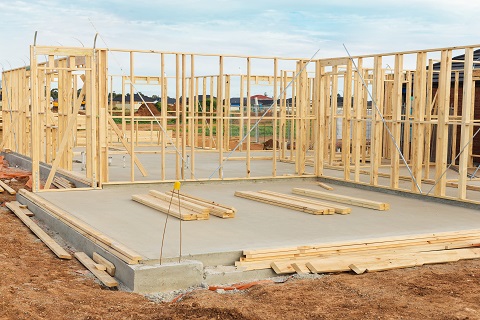Laying the right foundation for your structure can make all the difference. Before laying the foundation, the site engineers will test the soil to determine the safe bearing capacity of the soil; the safe bearing capacity is the total amount of weight per unit area that can be supported by the soil. If the building or structure is too heavy and exceeds this safe bearing capacity, then it is likely that the build will sink like a ship in the water.
To check the safe bearing capacity of the soil, site engineers will check for soil properties. But these days site engineers will get the help of a soil investigation engineer to do the dirty work. With the advancement of technology, drilling to find out the soil properties in the different layers of the earth’s surface or strata has become much easier. The soil investigation engineer will drill in the ground to about 6” to find out the properties for every two metres, this gives site engineers ample amount of data to work with when it comes to laying down a solid foundation.
Once the soil investigation is done, the soil investigation engineer will compile a report that will have all the necessary information along with a mark of approval. The soil investigation report will have a certain safe bearing capacity value. For example, if it is 35 T/m2, then the site engineer will ensure that the build doesn’t exceed this weight per square metre limit, to ensure that no mishap occurs.
The soil investigation report will also shed light on whether there is fill present at the site, the occurrence of fill at a site is due to someone previously digging the site and refilling the site with soil. Sites with fill need to be excavated before on a site with fill has a meagre safe bearing capacity.
Once the foundation is laid over the earth’s surface, backfilling needs to be done to give the foundation an extra boost of strength to bear the weight and pressure of the structure. Backfilling is the process of covering the foundation with firmly squished soil for about a foot of thickness. The type of soil that is used for backfilling is special because the soil is laid out in the form of horizontal slabs that have been squished together in wet conditions to ensure that no air voids being present. Backfilling is said to be as important as the foundation itself.
The foundation needs to be done well so that it can live up to its functional as well as literal meaning.



